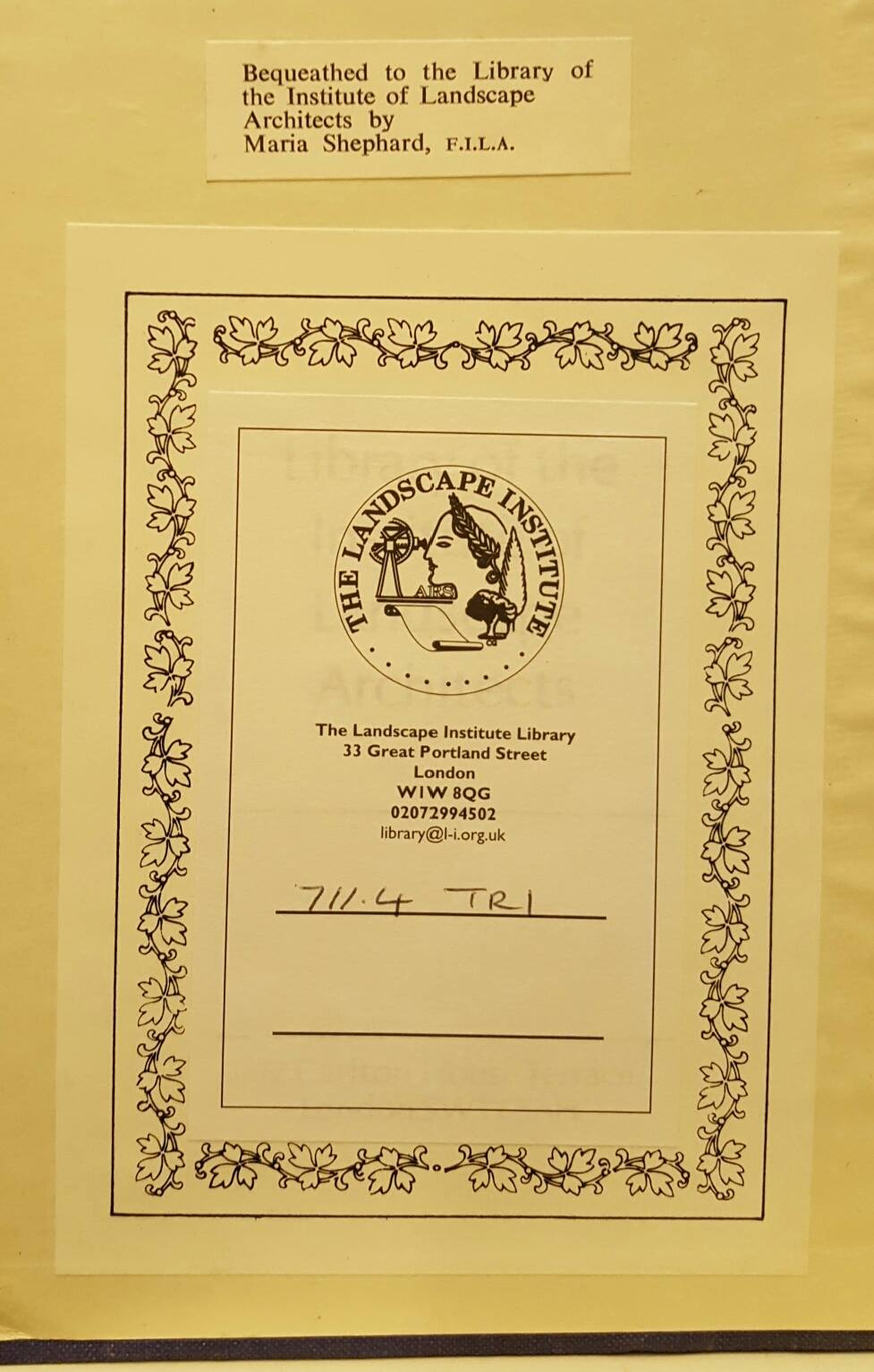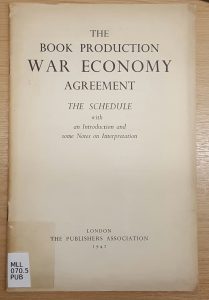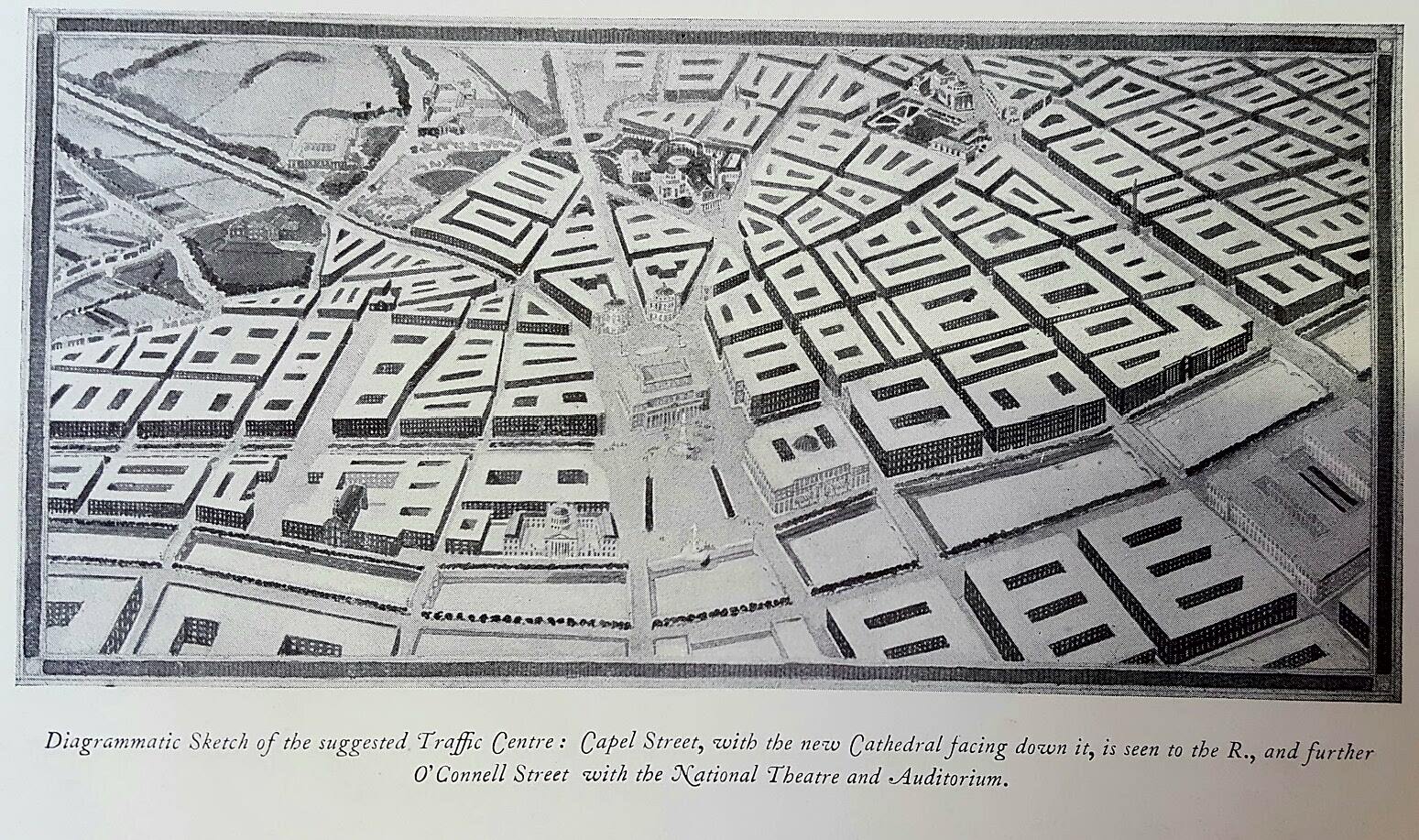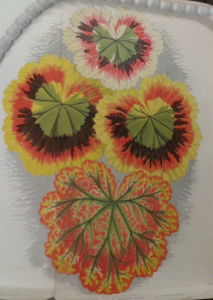This year, thanks to the generous funding from an anonymous donor and the Landscape Institute we are pleased to offer bursaries to encourage use and engagement with our Land Settlement or Landscape Institute archives.
The Land Settlement Association was established in 1934 to provide employment on the land for unemployed industrial workers from depressed areas. Find out more here.
The Landscape Institute was founded in 1929 as the Institute of Landscape Architects. It is the Royal Chartered institute for landscape architects. Find out more here.
You can search our catalogue here.
Details below, please apply by email to merl@reading.ac.uk
Land Settlement Association: Academic Engagement Bursary
The purpose of this award is to encourage academic engagement with the Land Settlement archive held at Reading. The archive contains minutes, annual reports, accounts, estate records, correspondence, film, photographs, press cuttings and maps.
The successful proposal will attract a stipend of £1,500. The funding can be used to offset teaching and administration costs, travel and other research-related expenses.
Appropriate facilities are provided and the successful applicant will be encouraged to participate in the academic programmes of the Museum.
The intention for this award is to create an opportunity for a researcher to develop and disseminate new work relating to the Land Settlement Association.
Applications will be by email to merl@reading.ac.uk (please put “Land Settlement Bursary” in the subject line). Please outline the proposed research including dissemination outcomes of the research and budget for how the bursary will be spent. (e.g. conference paper, article, blog, exhibition etc).
Interested applicants should submit a CV and a statement (max 800 words) outlining their interest in the bursary, and current work.
Student travel bursaries
The purpose of the student travel bursaries is to enable student access to the Land Settlement or the Landscape Institute archives held at Reading. The collections include minutes, annual reports, accounts, estate records, correspondence, film, photographs, press cuttings, maps and published material.
- One bursary of £150 to use our Land Settlement collections.
- Two bursaries of £150 each to use our Landscape Institute collections.
Applications are invited from any student in part or full-time higher education.
Applications by email to merl@reading.ac.uk (please put “Land Settlement Bursary” or “Landscape Institute Bursary” in the subject line)
Interested applicants should submit a CV, and a short statement (max 400 words) outlining their interest in the Land Settlement Association or Landscape Institute, stating how the bursary would be spent and how it would be beneficial to their studies. Applicants should identify those materials in the archive that would be of most benefit to them.
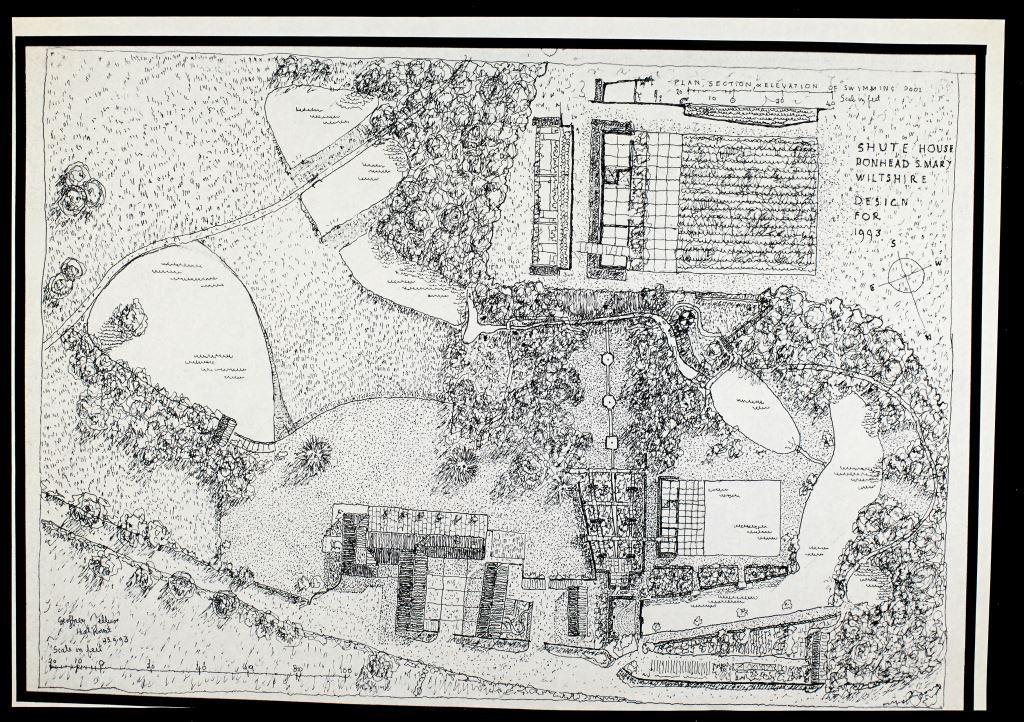
Geoffrey Jellicoe collection, part of Landscape Institute collections, Shute House, AR JEL DO1 S2/20
Timetable
Academic engagement bursary:
13 September 2017 – applications open
30 November 2017 – applications close
1 December 2017 – successful candidates announced
Any work will need to be carried out and finances claimed by 31 July 2017.
Student travel bursaries:
13 September 2017 – applications open
5 January 2018 – applications close
5 February 2018 – successful candidates announced
Any work will need to be carried out and finances claimed by 31 July 2017.
For informal enquiries please email c.l.gould@reading.ac.uk
We look forward to receiving your applications!


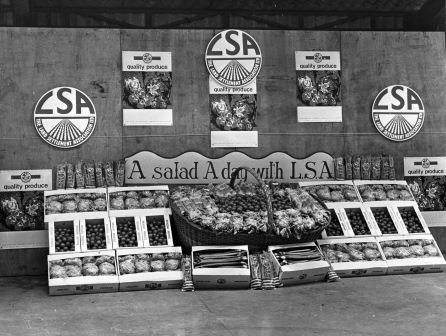





 In a library context a cuttings collection is most likely to include articles cut out of newspapers or other periodicals, or press cuttings. It is also likely that other types of ephemera will find their way into a cuttings collection, such as offprints (reprints of articles from editions of a publication), leaflets, advertisements, catalogues or posters.
In a library context a cuttings collection is most likely to include articles cut out of newspapers or other periodicals, or press cuttings. It is also likely that other types of ephemera will find their way into a cuttings collection, such as offprints (reprints of articles from editions of a publication), leaflets, advertisements, catalogues or posters.

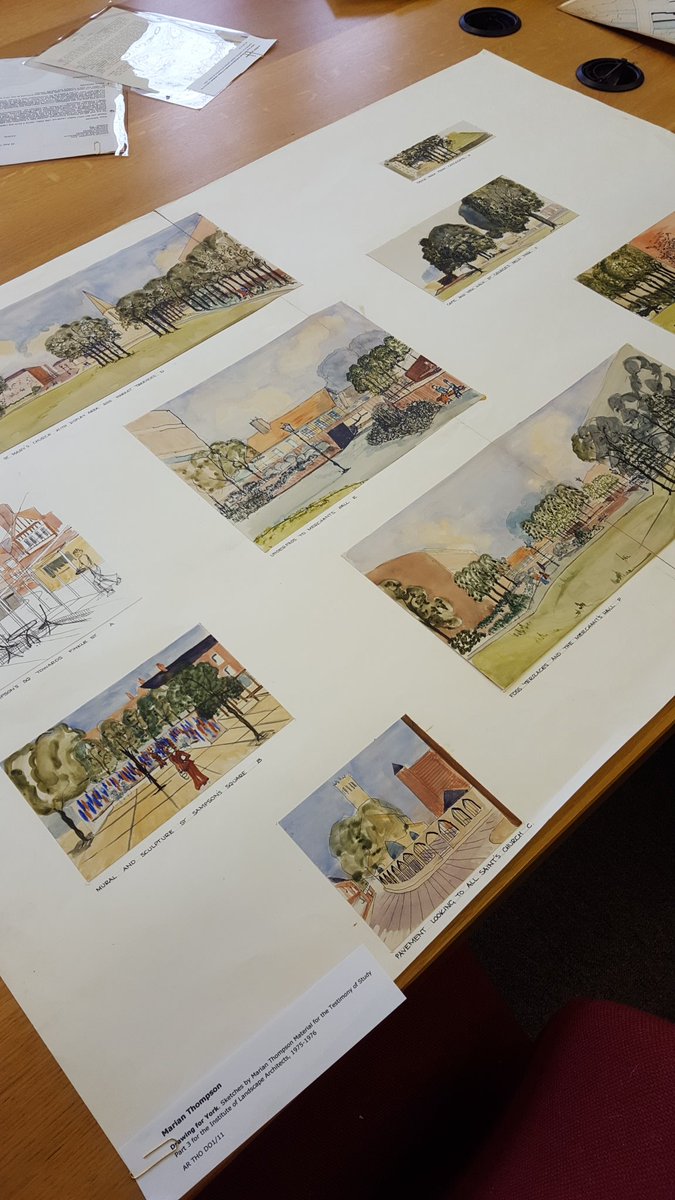
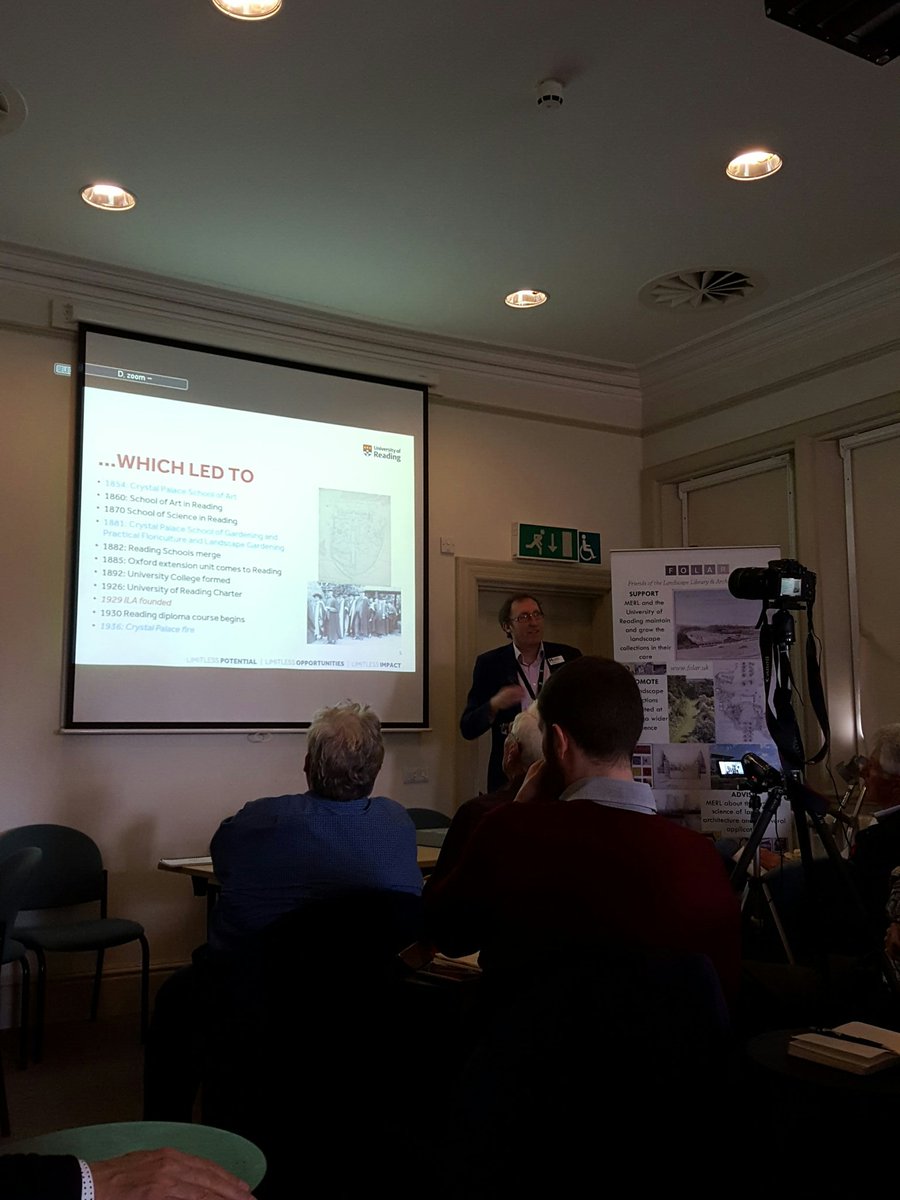



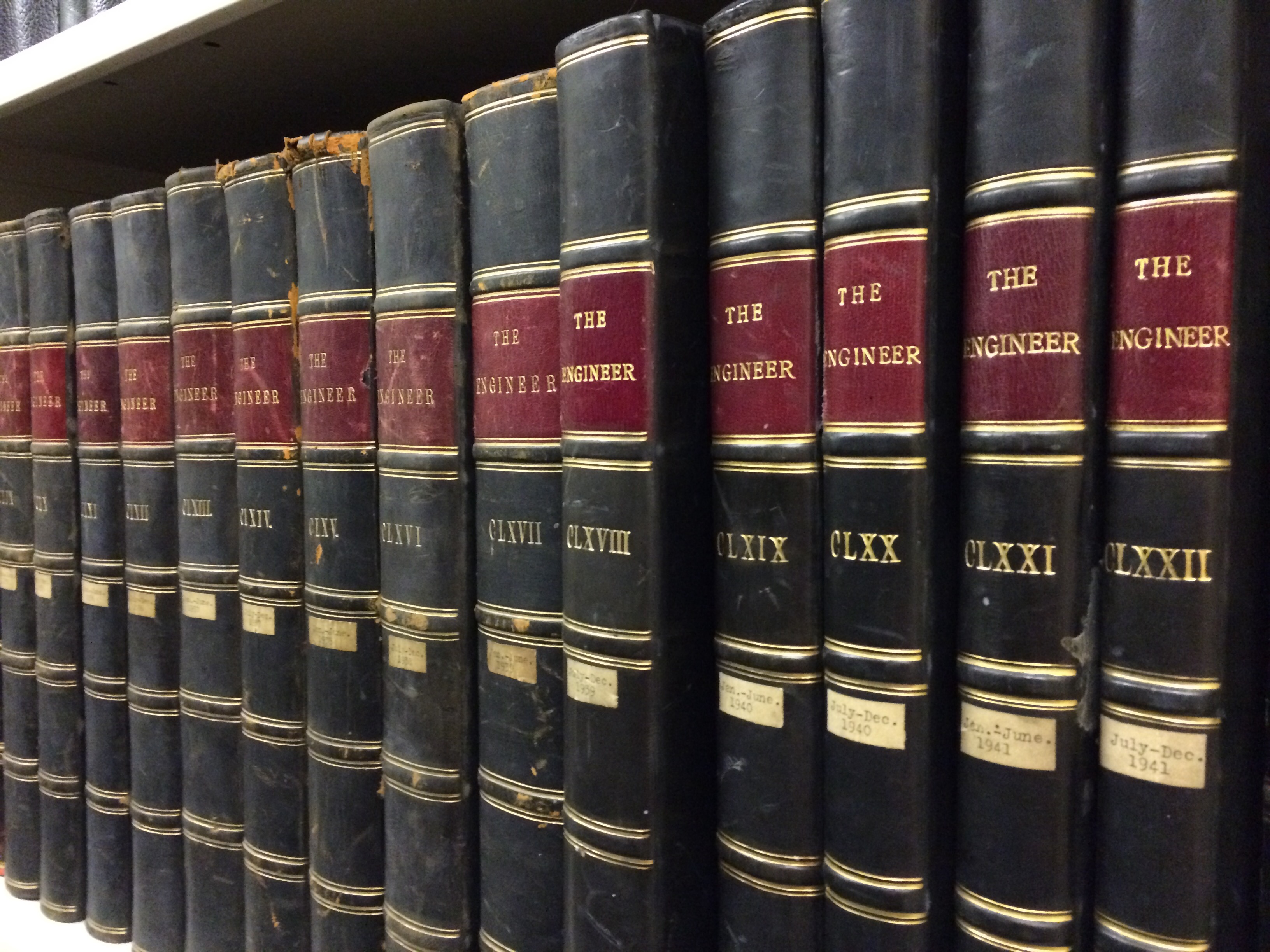
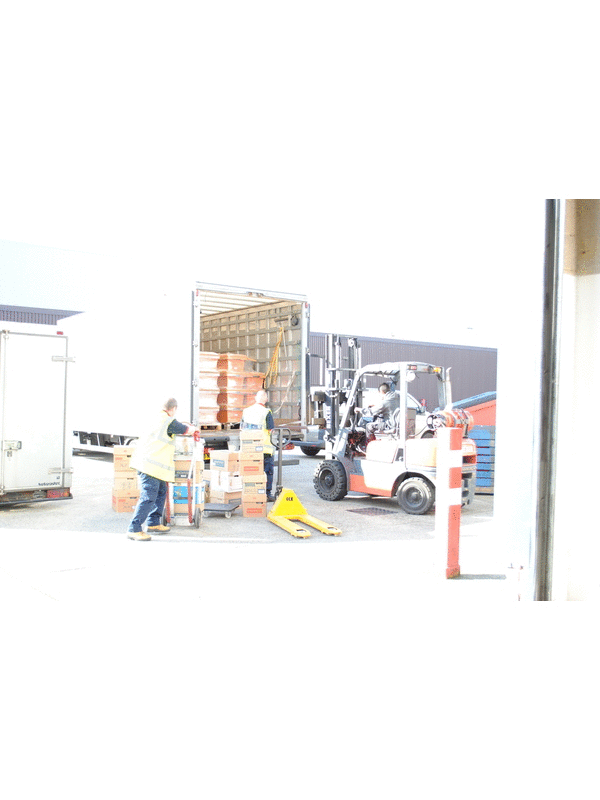
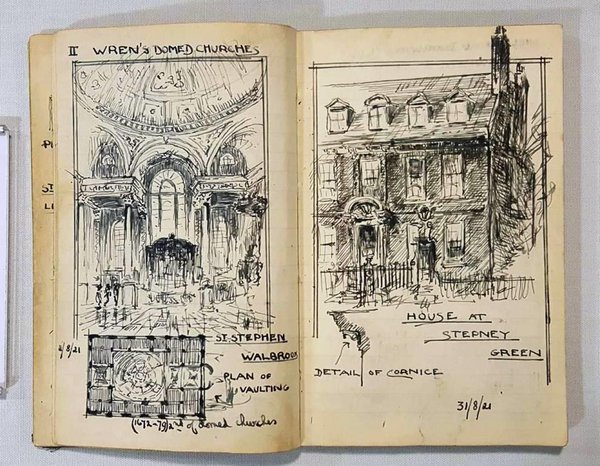
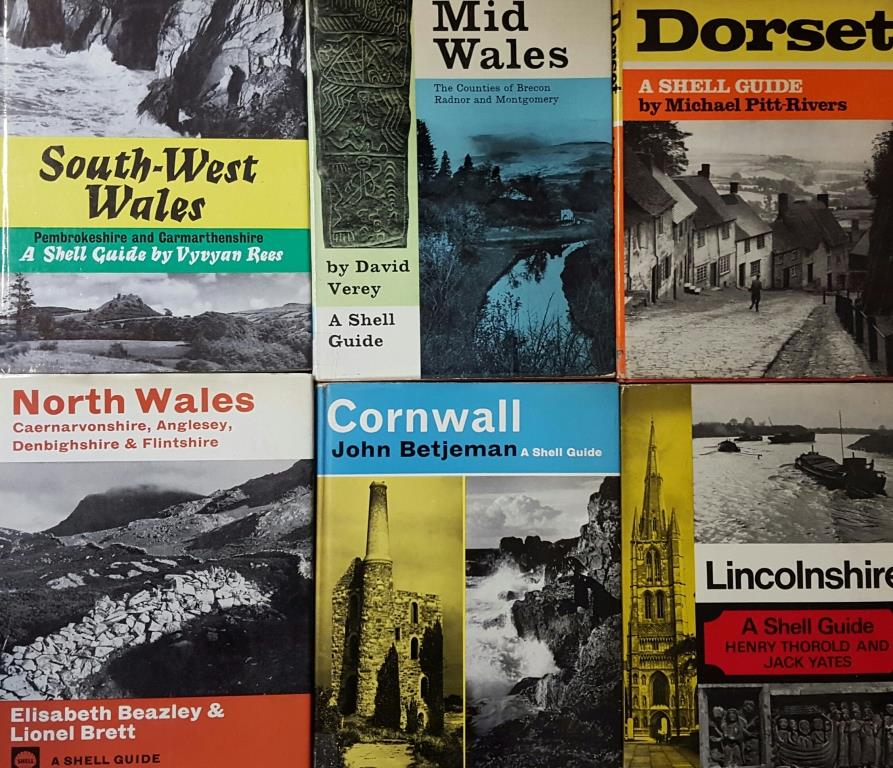


![From AR COL A/6/5, Folder relating to Little Peacocks Garden, Filkins [Brenda Colvin's home from 1960s]](https://blogs.reading.ac.uk/merl/files/2015/02/AR-COL-A_6_5-Little-Peacocks_8.jpg)




